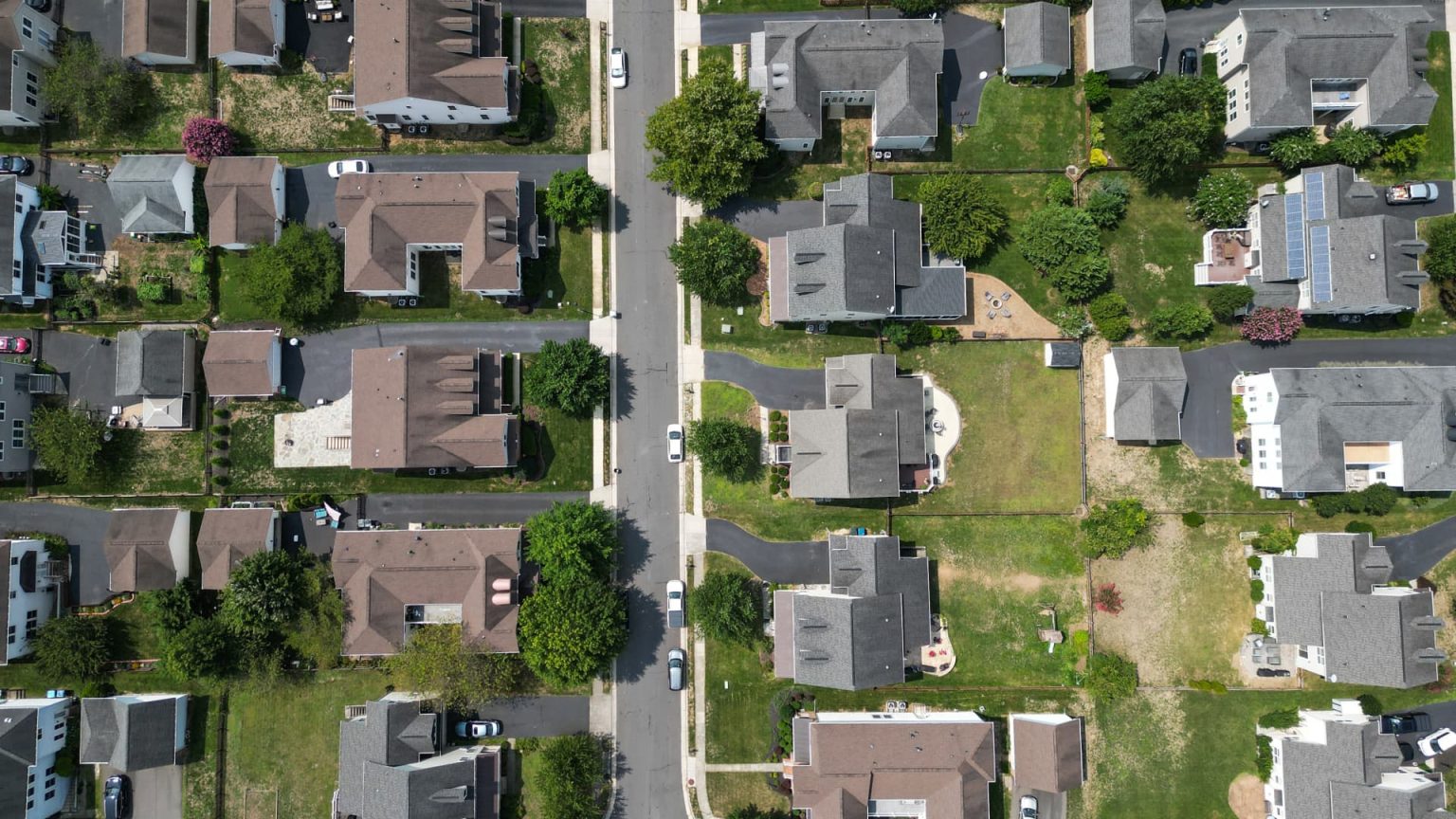In a notable shift in the mortgage market, rates have recently fallen to their lowest levels since April, prompting homeowners to explore refinancing options for potential savings. According to the Mortgage Bankers Association, refinance applications surged by 7% last week compared to the previous week, with demand skyrocketing 40% compared to the same week last year. Despite this drop in mortgage rates, home purchase applications showed minimal growth, signaling ongoing market uncertainties.
| Article Subheadings |
|---|
| 1) Current Trends in Mortgage Rates |
| 2) Rise in Refinance Applications |
| 3) Impact on Home Buyers |
| 4) Future Expectations for Rates |
| 5) Implications for the Housing Market |
Current Trends in Mortgage Rates
Mortgage rates have recently experienced a significant decrease, reaching levels not seen since April of this year. The average contract interest rate for 30-year fixed-rate mortgages declined to 6.79%, down from 6.88% the previous week. This reduction is particularly noteworthy as it reflects a broader trend in the mortgage market and signals potential opportunities for homeowners.
According to the Mortgage Bankers Association, the average interest rate drop of 24 basis points compared to the same week last year indicates a shift that could influence many potential borrowers. The mortgage market typically moves in reaction to economic indicators, and current conditions are prompting adjustments in lending strategies.
Rise in Refinance Applications
The decline in mortgage rates has translated into a marked increase in refinance applications. Specifically, applications for refinancing rose by 7% in the latest week alone, showcasing a growing interest among homeowners to take advantage of the current lower rates. This increase in refinancing activity is attributed primarily to the sensitivity of borrowers with larger loans to changes in interest rates.
Joel Kan, vice president and deputy chief economist at the Mortgage Bankers Association, noted that conventional refinance applications surged by 10%, and VA refinance applications jumped by an impressive 22%. Furthermore, the average loan size for refinance applications rose to $313,700, signaling a shift in the market where homeowners are seeking to refinance larger amounts. This contrasts with the previous six weeks, where loan sizes averaged under $300,000.
Impact on Home Buyers
While the decline in mortgage rates has spurred refinancing interest, homebuyers have remained cautious. The applications for mortgages to purchase homes showed a slight increase of just 0.1% from the previous week. This modest growth is still indicative of broader market uncertainties that are influencing buyer behavior.
Despite showing a 16% increase compared to the same week last year, the overall activity in the purchase market has remained flat. Kan attributed this stagnation to lingering uncertainties regarding the economy, which continue to hold potential buyers on the sidelines. This situation suggests that while rates are favorable, external factors are limiting the market’s responsiveness.
Future Expectations for Rates
As mortgage rates declined further at the start of the week, their future trajectory remains uncertain. Observers in the financial market noted that fluctuations in rates tend to coincide with economic data releases, such as job openings. According to Matthew Graham, chief operating officer at Mortgage News Daily, rates usually increase when job openings exceed expectations.
The market is particularly keen on upcoming reports, particularly Thursday’s monthly employment report, which could significantly sway rate movements. The anticipation surrounding these economic indicators underscores the volatile nature of the mortgage market, which tends to fluctuate based on broader economic conditions.
Implications for the Housing Market
The current dynamics of the mortgage market have important implications for the housing sector moving forward. The rise in refinance applications signals that many homeowners are looking to maximize savings in light of reduced interest rates. However, the stagnation in purchase applications illustrates a more cautious approach among potential buyers, which may affect overall housing market activity.
Experts believe these trends will continue to evolve as external economic factors come into play. While lower rates may incentivize refinancing, they may not necessarily translate into increased home sales or a robust housing market. Continuous observation and analysis of economic data are essential to predict how these trends will influence the market in both the short and long term.
| No. | Key Points |
|---|---|
| 1 | Mortgage rates have fallen to the lowest level since April. |
| 2 | Refinance applications surged by 7% in the last week. |
| 3 | Home purchase applications showed minimal growth of 0.1%. |
| 4 | Larger loan sizes for refinance applications indicate market sensitivity to rates. |
| 5 | Economic data releases are expected to influence future rate movements. |
Summary
The recent decline in mortgage rates has led to an increase in refinance applications, providing homeowners with opportunities for savings. However, the purchasing market is hesitant, reflecting ongoing uncertainties that could weigh down housing sector activity. As the mortgage landscape evolves in response to economic indicators, both lenders and borrowers must stay informed to navigate potential changes effectively.
Frequently Asked Questions
Question: Why are mortgage rates declining?
Mortgage rates often decline due to various economic indicators, such as lower inflation and shifts in monetary policy by the Federal Reserve, which influence overall market conditions.
Question: How does refinancing work?
Refinancing involves taking out a new mortgage to replace an existing one, typically to take advantage of lower interest rates or to change the loan term or type.
Question: What factors influence homebuyers’ decisions in the current market?
Homebuyers’ decisions are influenced by various factors, including economic uncertainty, mortgage rates, and personal financial situations, which can impact their overall willingness to enter the housing market.


